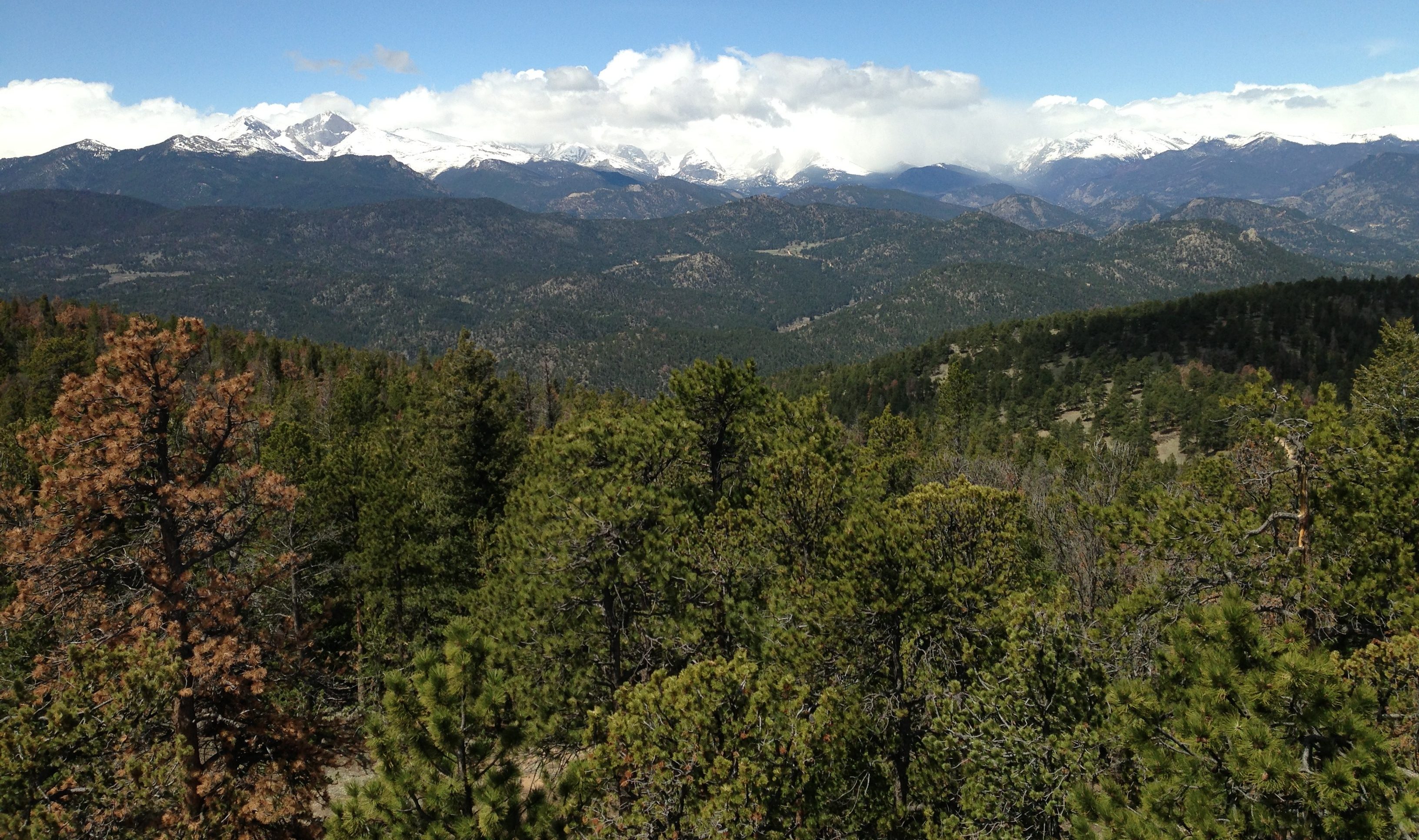The vast majority of plants require soil to grow in. It is no surprise then that the physical and chemical properties of the soil directly impact what types of plants can grow in them. Take a sand for example. Because sandy soils have larger particles sizes (the grains), the gaps in between these particles are larger too. Thus, sandy soils are quickly drained and do not hold water very effectively. On the other end of the spectrum, we have clay soils. Clays are dominated by very very fine grains and thus hold a lot of water and for a lot longer. Since water is very important to plants, the soil properties directly impact what plants can grow in it.
But the story does not end here. While the properties of the soils do of course affect the plants, the plants also affect the properties of the soil. Falling leaves decompose and create a layer of humus, roots push their way through soils and create small channels for water to rush though (read more about the forest sponge).
A main factor that influences this back-and-forth between soils and plants is of course the availability of water. Generally, water is added to the soil primarily from precipitation (i.e., rain and snow). Water is removed from the soil through several processes: Plants use the water in a process called transpiration, and energy from the sun dries out the soil in a process called evaporation. Both these processes depend on the local climate. We know that climate is changing not only gradually as part of global climate change, but also periodically, for example during so-called El Niño Southern Oscillation events (short ENSO, or in the mainstream media simply as El Niño).
ENSO events change the timing and amount of precipitation. In some areas, it might reduce rainfall. Less rain is associated with less cloud cover, so more sunlight hits the surface and increases the temperature. This means that soils get less moisture AND dry quicker. In other areas, the opposite might be the case and ENSO leads to wetter soils.
Ground-collected measurements of soil moisture, for example using sensors buried in the soil, are somewhat rare in the tropics compared to more northern latitudes. Luckily, we have sophisticated satellite systems that enable us to scan large areas on the globe and estimate the soil moisture conditions but in order for these satellite data to be most useful, we have to “ground-truth” them. That means comparing satellite data with data from ground-collected data to make sure satellite measurements are in the right ball park.
In a recent synthesis paper, we used ground-collected soil moisture data from 16 sites across five continents to “ground-truth” satellite-derived soil moisture data collected during recent ENSO events across the tropics. The synthesis shows that the impacts of ENSO on soil moisture in the tropics range from decreases in the Amazon basin and maritime southeastern Asia, to increases over eastern Africa. This is but one example showcasing that a good answer to many ecological question (i.e., “Does an ENSO event reduce soil moisture in the tropics?”) is “it depends”.






